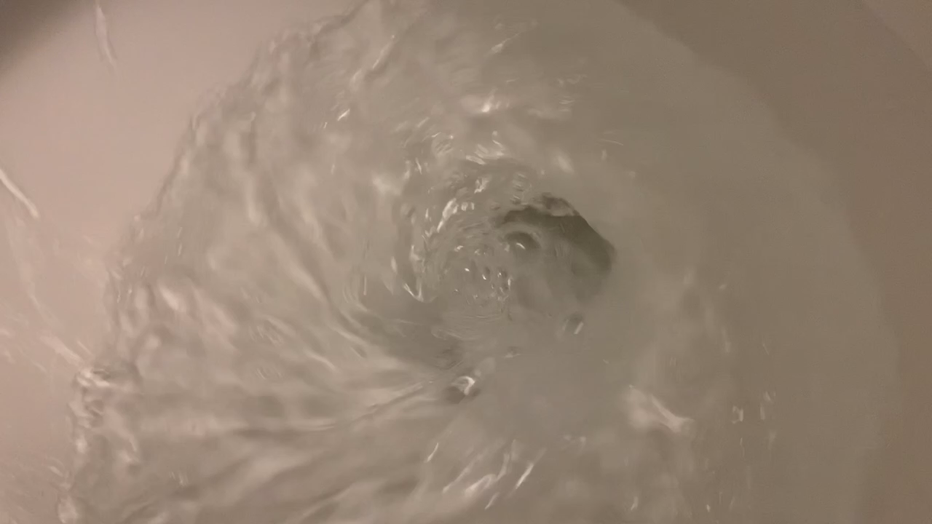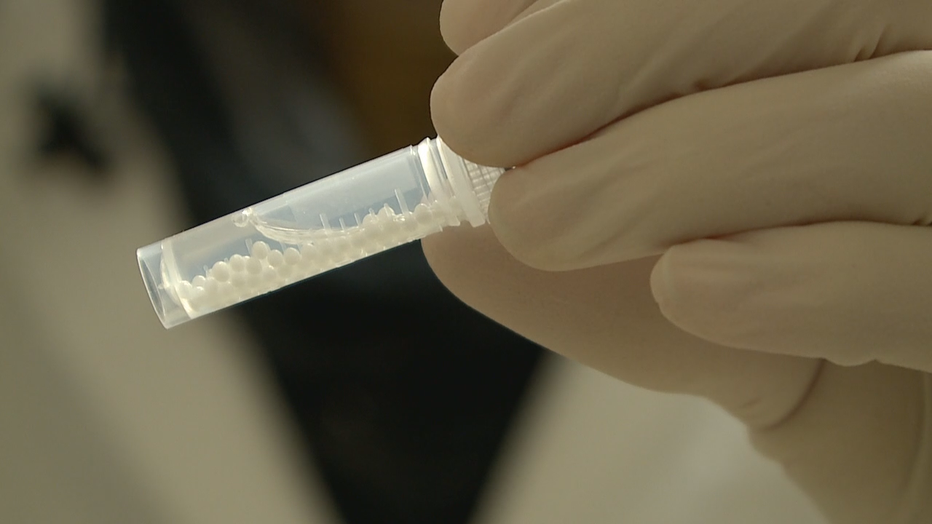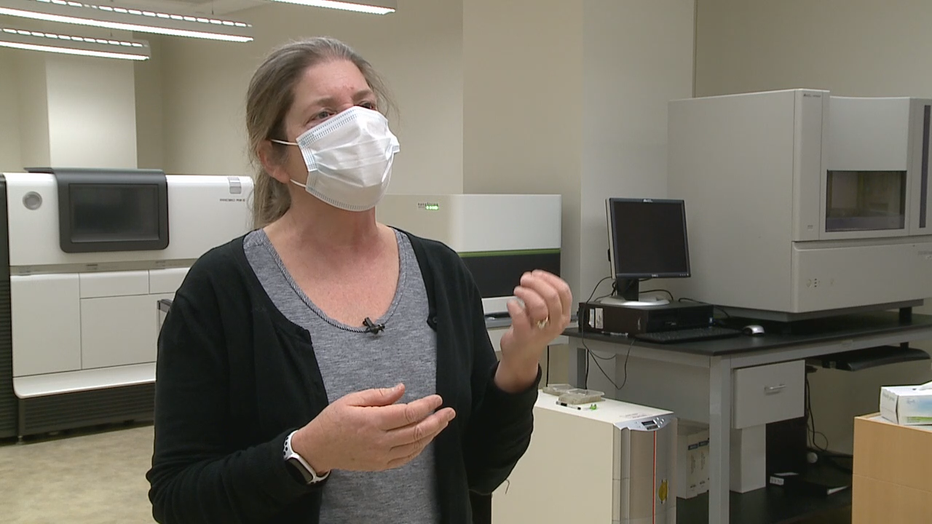UWM team develops process to test wastewater for COVID-19

UWM team develops process to test wastewater for COVID-19
Researchers at the University of Wisconsin-Milwaukee are part of a team doing statewide surveillance to look for early COVID-19 trends in Wisconsin communities.
MILWAUKEE - COVID-19 testing is essential to understanding how prevalent the disease is in our community, but there's a time gap, as those tests are often taken only after people start to show symptoms. Researchers at the University of Wisconsin-Milwaukee are part of a team doing statewide surveillance to look for early trends in communities -- research that starts at home.

From the first flush, the water in your toilet -- and whatever's in it -- ends up here at a wastewater treatment plant like Milwaukee's Jones Island, but what you may not know is that some of that wastewater is set aside and taken to UWM's School of Freshwater Sciences just across the Milwaukee Harbor, where post-doctoral research assistants Adelaide Roguet and Shuchen Feng don lab coats and get to work.
"I remember the first time that we actually saw the first number," said Roguet. "That’s bad, but we were so happy to see SARS-CoV-2 in sewage. We were actually sad because that meant people were actually sick, but we were so happy to actually quantify, to see it, to actually see real data."

Roguet and Feng are part of the team behind the development of the process of testing wastewater for the virus, SARS-CoV-2, that causes COVID-19. Wastewater surveillance for pathogens is nothing new, but looking for the coronavirus is.
FREE DOWNLOAD: Get breaking news alerts in the FOX6 News app for iOS or Android
Wastewater is put through a filter that traps genetic material, including from viruses. That material is then extracted and copied to the point a machine can detect particular coronavirus genes.
"This one is the N1 gene, and this is the N2 gene," said Roguet.

Once the results are in, they can determine the prevalence of the virus from a particular community's sewershed.
"This is a very quantitative method," said Sandra McClellan, UWM School of Freshwater Sciences. "We can’t tell how many people are sick, but we can see that concentration going up or down and that tells us the trend in the community. If more people are infected, it becomes more concentrated."
McClellan's lab is at the center of the testing, getting wastewater from municipalities across southeastern Wisconsin up to twice a week. The work is in partnership with the Wisconsin Department of Health Services and State Lab of Hygiene, which is testing the rest of the state.

"It really is not self-standing data, but when you pair it up with the clinical testing data and you see the same trend, you can have confidence that you’re capturing what you need to capture in your clinical testing," said McClellan.
Results are sent to DHS to be uploaded to a statewide dashboard which went live in December and is just another tool to track the pandemic in the state.
Nearly 30 water treatment facilities in the state are currently involved in its wastewater monitoring network. The goal is to eventually include 100 sewersheds in the state, covering nearly 60% of Wisconsin resident, according to DHS.

